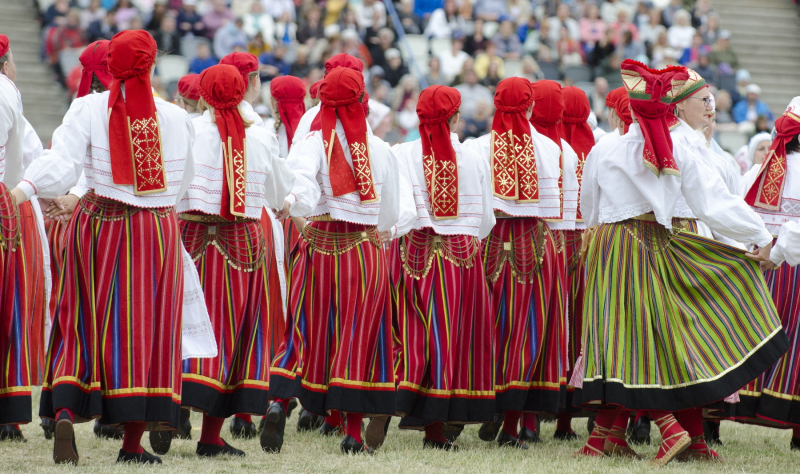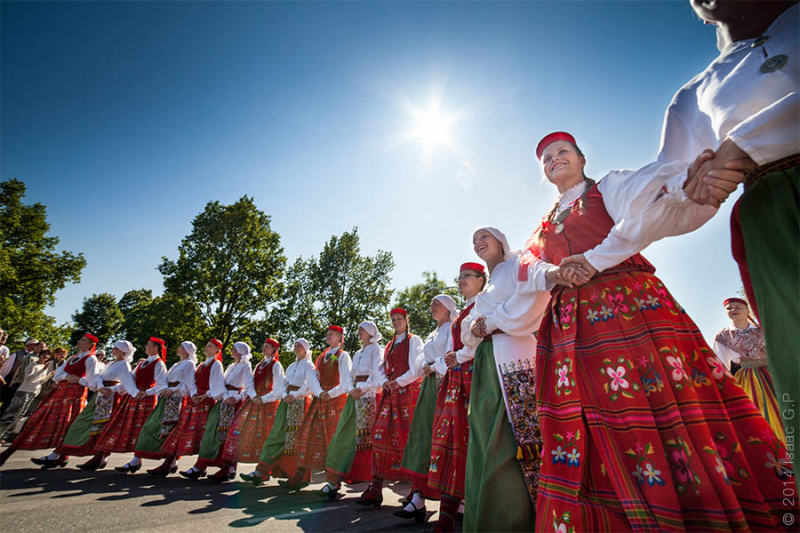Expressive song and dance
If you ask an Estonian about their country, they will most likely mention the Song and Dance Festival. Probably because the song and dance festival is more than just a big summer event that happens every five years; it is a way of being that helps us better understand ourselves and embodies all of the important values that we hold dear as a nation—love for your country, language, culture, and customs.
Since 1869, when the first Song Festival was held in Tartu under the leadership of Johann Voldemar Jannsen, the Song Festival has grown steadily and in step with the times. The first song festival featured only male choirs and wind orchestras, with a total of 1,000 performers. Mixed, children's, women's, and boys' choirs, hobby symphonies, and toddler choirs were added over time. The party was relocated to Tallinn, where the first dance party was held in 1934. Since 1947, most song and dance festivals have been held concurrently.
The song and dance festival in 2019 had 44 times the number of participants as the first song festival in Tartu, and the audience interest was so high that tickets sold out both at the dance festival and, for the first time in history, at the song festival, which drew 100,000 people. At the same time, such widespread interest in the song festival demonstrates that the UNESCO World Heritage-listed tradition is alive and well, regardless of age or social status.
The special feeling of the song and dance festival is also sought between the parties, and smaller regional song and dance festivals are held for this purpose. Thus, the song and dance festival has become a sail, which has helped the Estonian people to move towards common goals through very different times. On the other hand, a song and dance festival is often an anchor that unites, brings Estonians around the world together, and connects them with their homeland.











